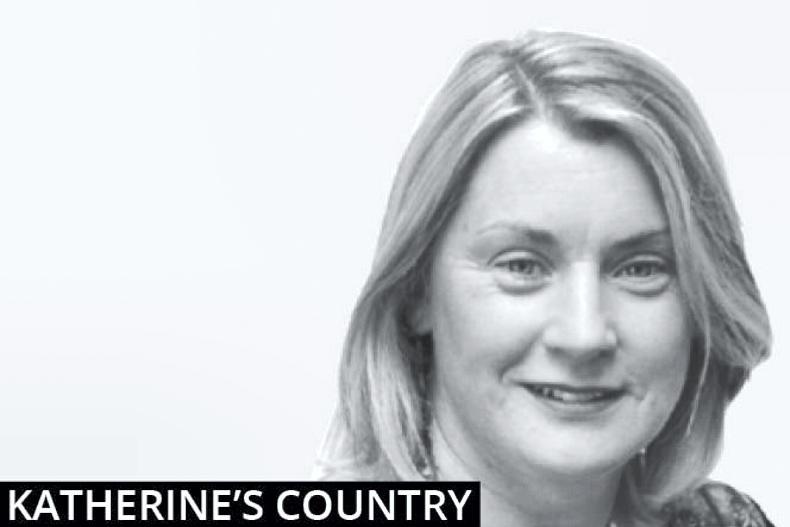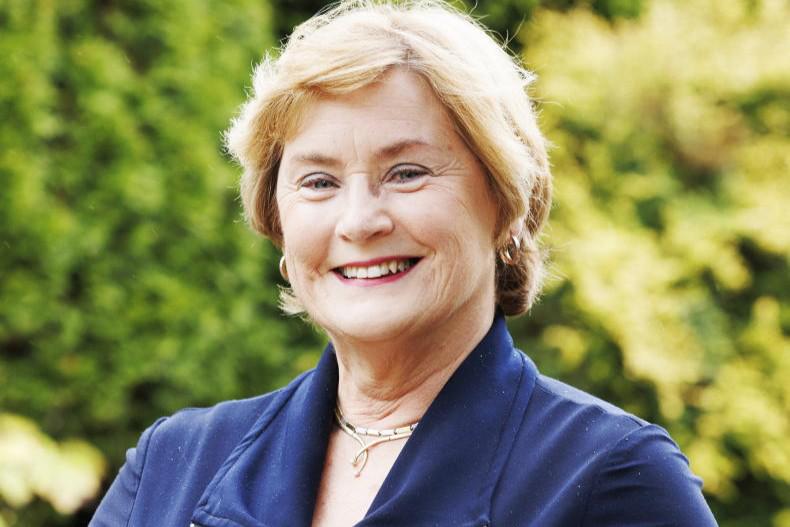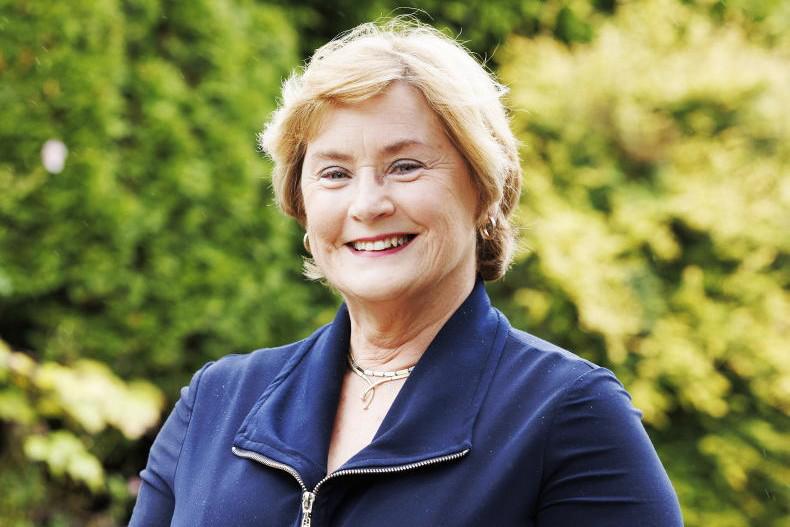We were sitting at the kitchen table. My husband Tim opened The Business Post and began to read out the Bothár story. I was immediately attentive.
The charity was being investigated by the Charities Regulator because of alleged misappropriation of funds.
By now, farmers will be well aware of the story and the large amount of money involved.
I don’t need to repeat it here. I wanted to cry. I had encouraged people to support the charity – I had promoted it to school groups that went on to raise money to send heifers.
I felt a real connection to the women who were able to feed their families and rise out of poverty as a result of the gift of an Irish heifer
Year after year, over the last 30 years, heifers and goats have found their way to the developing world in the name of Irish farmers and communities. A Christmas radio ad a few years back featuring the Bothár goat screeching: “Are we there yet? Are we there yet?” gave me the warmest glow inside.
I thought of our Woodside heifers that travelled to Uganda and Kosovo and I felt a real connection to the women who were able to feed their families and rise out of poverty as a result of the gift of an Irish heifer.
Giving a heifer or goat to a family ensured that the family was fed
In my mind, Bothár was well and truly the farmers’ charity. Farmers had huge buy in and trust in the charity. It made sense. Giving a heifer or goat to a family ensured that the family was fed. The excess milk and bull calves were sold. The first heifer calf had to go to another family.
It was practical, hands on and tangible for farmers. It was real and visible. I think this is why I’m so angry.
Memories
Tim and I talked about our association with Bothár. The late Michael Downing collected the first heifer we sent to Uganda.
How saddened Michael would be at this news. I remember him giving us a report at Cork Liquid Milk Producers from a trip he made to Uganda to see the work on the ground. We laughed at the rough ride they had in the plane in Africa.
We got a letter back from the then-CEO saying our heifer was the highest-yielding heifer of the group
Still, we soaked up the news of our heifers making a difference to rural families there. Mud huts had become brick houses. Tin schools had become brick schools. It was magic.
We got a letter back from the then-CEO saying our heifer was the highest-yielding heifer of the group that went out that year. He also sent a photograph of the cow with the new owner, a woman and two little boys who were healthy and happy looking.
They were standing really close to her and it was obvious that she was a pet which pleased me greatly. The photograph is still in the farm office along with another one from a later date. We got nothing back when our third heifer went to Kosovo. One wonders.
Betrayed
Everyone knows the value of a good dairy heifer so farmers did not do this lightly. They did it and are still doing it with generosity and trust. The late renowned farm leader, TJ Maher co-founded the charity in 1991 and 300,000 families have been lifted out of poverty by the charity since then.
In my mind this was a proven charity built on farmers’ good will and integrity. Our farmer reputation is scathed by this. Other charities will also be starved of funds because people are left reeling, wondering who they can trust.
I know that farmers feel let down and betrayed. I feel sickened. I think of the Open Prisons at Shelton Abbey, Co Wicklow, and Loughan House, Co Cavan, where the prisoners are rearing calves for Bothár to be sent on to developing communities.
The losers are the women who need these animals to feed their families and lift them out of poverty
I think of those farmers actively selecting heifers to donate them while schools fundraise for the animals’ journeys.
The whole thing is a mess. I ask my own family around the kitchen table if there is a way back for the charity. The answer is a simple “no”.
Yet, we must not negate the generosity of farmers over the last 30 years and the goodwill of communities all over Ireland. The losers are the women who need these animals to feed their families and lift them out of poverty. Questions arise; where was the governance at board level? What exactly is the Charities Regulator doing if it takes this long for wrong doing to come to light and is there a way back for Bothár?









SHARING OPTIONS